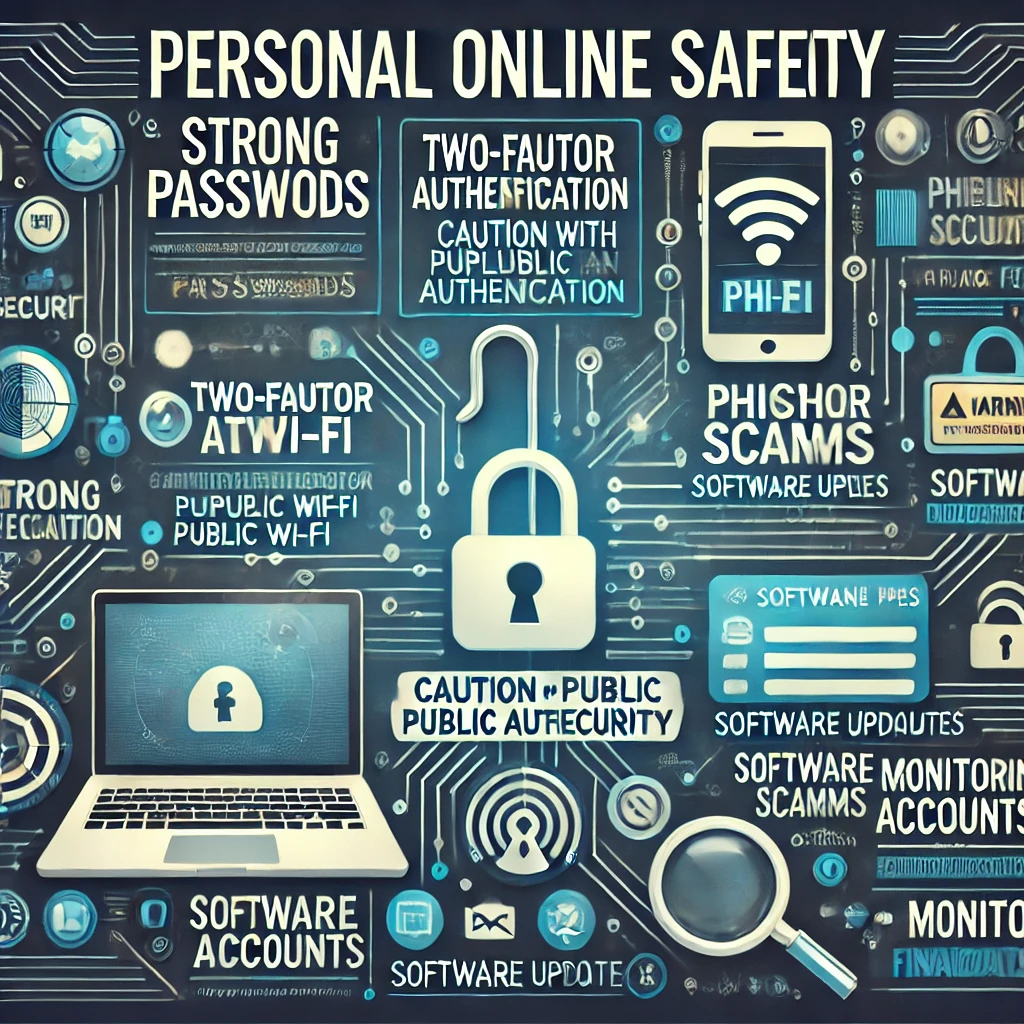
I3 and UK Law Enforcement
In UK law enforcement, i3 stands for “Internet Intelligence and Investigations” and refers to the framework, methods, and training used by police and other investigative bodies to conduct investigations online. The i3 framework is critical to modern policing, addressing the increasing reliance on digital platforms in criminal activities.
Key Aspects of i3 in UK Law Enforcement:
1. Training and Accreditation:
UK law enforcement officers often undergo training in i3 techniques to gather intelligence effectively online while complying with legal and ethical guidelines.
Training typically includes social media analysis, online evidence collection, and advanced search techniques.
2. Open-Source Intelligence (OSINT):
Officers use OSINT methods to gather publicly available information from the internet. Sources include social media platforms, websites, forums, and other digital channels.
3. Legal and Ethical Compliance:
UK law enforcement must follow laws like the Regulation of Investigatory Powers Act 2000 (RIPA) when conducting investigations online. Investigators must balance intelligence-gathering activities with individuals’ rights to privacy under laws such as the UK General Data Protection Regulation (GDPR) and the Human Rights Act 1998.
4. Use Cases:
Cybercrime Investigations: Investigating online fraud, hacking, or phishing attacks.
Counter-Terrorism: Monitoring extremist groups and preventing radicalisation online.
Child Protection: Tracking online predators and safeguarding vulnerable individuals.
Organised Crime: Disrupting drug trafficking, human trafficking, and other crimes using digital platforms.
5. Technology and Tools:
Specialised OSINT software, social media monitoring platforms, and geospatial analysis tools are used to enhance online investigations. Law enforcement agencies also collaborate with private technology providers to improve their capabilities.
6. Digital Evidence Management:
i3 includes methods for collecting, verifying, and preserving digital evidence.
Investigators must follow protocols to ensure the evidence is admissible in court.
Challenges in I3:
Evolving Technology: Rapid advancements in encryption, anonymity tools (like Tor), and social media privacy settings make it harder to track online activities.
Legal and Ethical Boundaries: Investigators must navigate complex regulations and ethical considerations.
Volume of Data: Managing and analysing vast amounts of data from the internet can be resource-intensive.
Examples of I3 Use in UK Law Enforcement:
• Operation Notarise: A large-scale investigation into online child exploitation using OSINT and I3 techniques. (News)
• Counter-Terrorism Command (SO15): Uses I3 methods to monitor online radicalisation and terrorist communications. (News)
I3 is an essential framework for UK law enforcement, enabling them to adapt to the digital age while maintaining compliance with legal and ethical standards.
________________________________________
What is OSINT?
OSINT (Open-Source Intelligence) is the practice of collecting and analysing publicly available information to support investigations and decision-making. It involves gathering data from open sources such as:
1. Social Media – Profiles, posts, images, and interactions.
2. Public Websites – Blogs, forums, government databases, and corporate websites.
3. News Outlets – Articles, press releases, and other media.
4. Geospatial Data – Maps, satellite imagery, and geotagged photos.
5. Search Engines – Advanced queries to uncover hard-to-find data.
Applications of OSINT:
Law Enforcement: Tracking criminals or identifying threats.
Cybersecurity: Monitoring for breaches, leaks, or vulnerabilities.
Corporate Investigations: Vetting individuals or organisations for fraud or misconduct.
Military/Intelligence: Situational awareness and threat intelligence.
Why OSINT Matters:
OSINT allows investigators to gather actionable intelligence quickly and efficiently, often without specialised access or high costs. Its legality depends on the proper and ethical use of public data.



